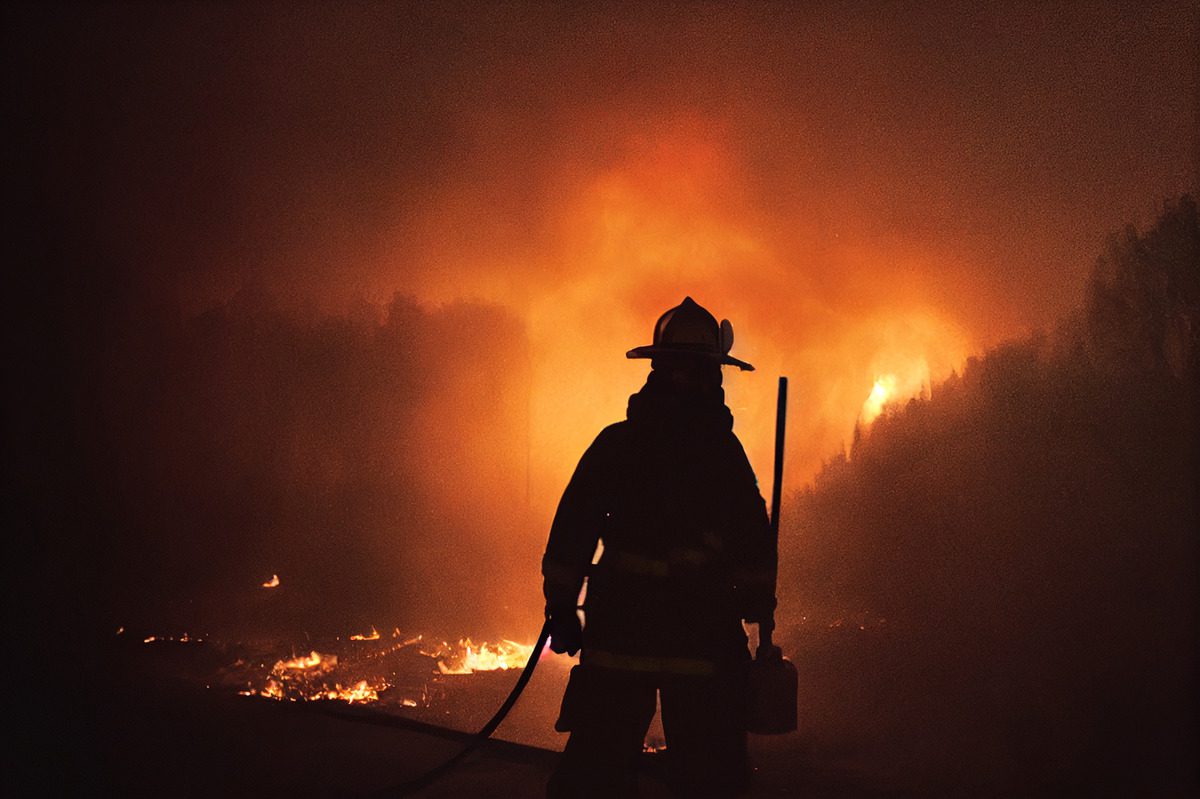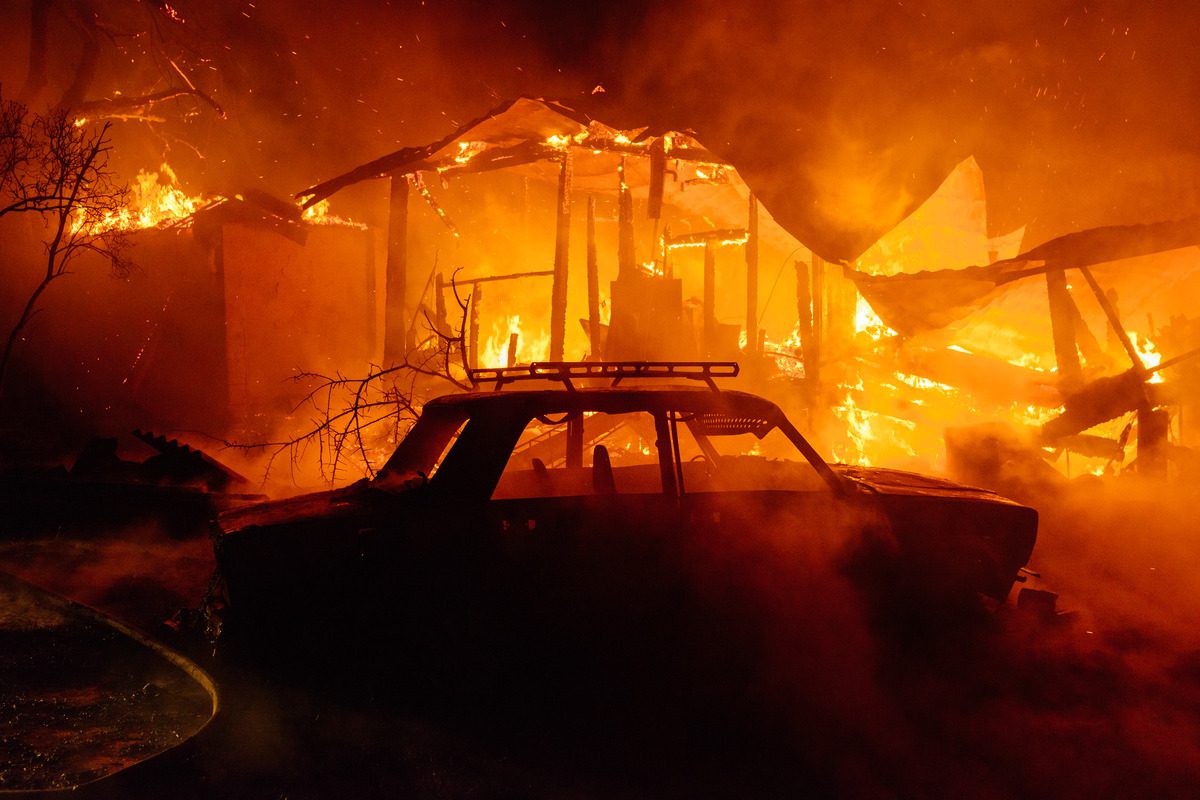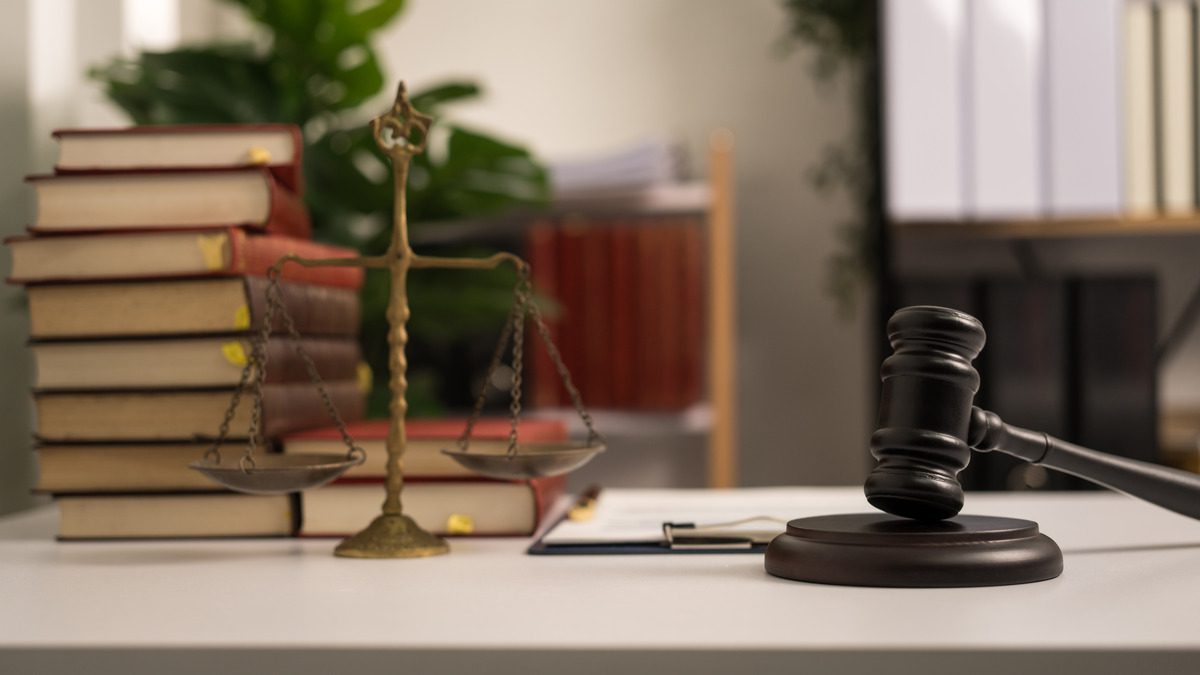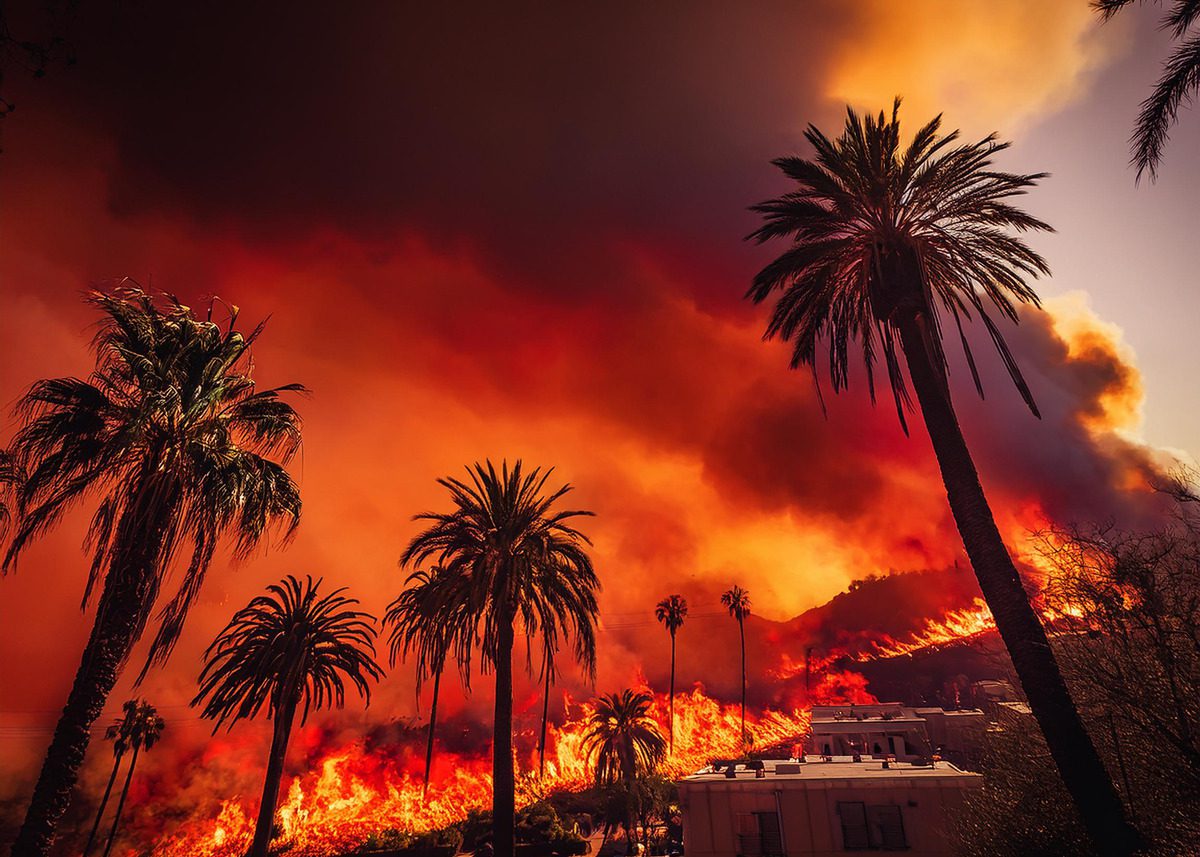The Essential Elements of Arson Under California Law: A Legal Overview
Table of Contents
- Introduction
- Definition of Arson Under California Law
- What Are the Elements of Arson Under California Law?
- Different Types of Arson Offenses
- Intent and Mental States Under Arson Laws
- Investigative and Evidentiary Considerations
- Potential Penalties and Sentencing
- Common Legal Defenses
- Five Frequently Asked Questions
- Conclusion: Your Next Steps with Tess House Law Firm
1. Introduction
Arson is among the most destructive crimes prosecuted in California. It has the potential to cause extensive property damage, catastrophic environmental harm, and, in the worst cases, loss of life. While most people associate arson with the intentional setting of a fire to a home or business, the California Penal Code goes into far more detail, outlining numerous scenarios in which a defendant may be charged with either willful and malicious arson or reckless burning.
In this article, our primary objective is to answer the core question: What are the elements of arson under California law? These elements serve as the foundation for any prosecution under California Penal Code sections 451 (willful and malicious arson) and 452 (reckless burning). We will explore the differences between these two main categories, explain why intent matters significantly in arson prosecutions, and highlight how an experienced defense attorney can challenge the state’s evidence.
By the end of this guide, you will have a thorough understanding of how California’s legal system approaches arson cases, from the very definition of the crime to the nuances of establishing guilt. We will discuss potential penalties and common legal defenses and share five frequently asked questions that further clarify the complexities of these laws. Whether you are a student, a researcher, someone who has been charged with arson, or a concerned property owner, the information herein is designed to arm you with the knowledge necessary to navigate or comprehend these intense legal waters.
2. Definition of Arson Under California Law

1. Penal Code § 451 – Willful and Malicious Arson:
This section deals with individuals who set fire to any structure, forest land, or property willfully and maliciously. The terms “willful” and “malicious” imply not only an intent to commit the act but also an evil or wrongful purpose behind it.
2. Penal Code § 452 – Reckless Burning:
This section focuses on fires set by individuals who act recklessly and disregard the consequences. Unlike “willful and malicious” behavior, reckless burning does not require proof of an intent to destroy or harm but rather a demonstration that the person failed to exercise caution regarding a substantial risk that a fire could be ignited.
2.1 Willful and Malicious
- Willful: The act was done on purpose. There was a conscious, voluntary decision to ignite a fire or use a tool or substance to start or spread a fire.
- Malicious: The act was done with a wrongful motive, ill will, or intent to commit a harmful or unlawful act without a legitimate excuse.
2.2 Recklessness
- Reckless Disregard: The individual recognized a substantial and unjustifiable risk of starting a fire but chose to ignore or disregard that risk. This does not necessarily mean the defendant wanted to cause harm; it is only that they consciously ignored the potential consequences.
2.3 Historical Context
3. What Are the Elements of Arson Under California Law?

1. There Was a Fire or Burning
2. Defendant Acted Willfully and Maliciously (PC § 451) or Recklessly (PC § 452)
- For Willful and Malicious Arson: The defendant intentionally set or helped set a fire with an unlawful or wrongful motive.
- For Reckless Burning: The defendant disregarded a substantial risk of causing a fire.
3. The Fire Damaged or Destroyed a Structure, Forest Land, or Property
4. Causation and a Link to the Defendant’s Actions
The fire must be traceable to the defendant’s actions or omissions. It’s not enough for the fire to occur after the defendant’s presence near the scene. Prosecutors often rely on forensic experts, fire investigators, and circumstantial evidence to show a connection between the defendant’s conduct and the ignition of the fire.
4. Different Types of Arson Offenses

4.1 Arson of a Structure or Forest Land (PC § 451(c))
4.2 Arson of Property (PC § 451(d))
4.3 Arson Causing Great Bodily Injury (PC § 451(a))
4.4 Arson of an Inhabited Structure (PC § 451(b))
4.5 Reckless Burning (PC § 452)
5. Intent and Mental States Under Arson Laws
5.1 General vs. Specific Intent
- General Intent means the act was done voluntarily and knowingly without requiring proof of an additional intent (such as financial gain or revenge).
- Specific Intent: This type of intent entails a particular goal or outcome. For instance, if someone sets fire to a building with the aim of collecting insurance, the prosecution might argue specific intent to commit fraud in addition to arson.
5.2 Willful and Malicious Conduct
5.3 Recklessness and Negligence
5.4 Transferred Intent
6. Investigative and Evidentiary Considerations
1. Fire Patterns and Origin
2. Accelerants

3. Witness Statements
4. Surveillance Footage and Digital Evidence
5. Motive and Prior Threats
If the defendant had a stated grudge or a financial incentive (e.g., insurance proceeds), the prosecution would introduce this evidence to support malicious intent. Proof of a falling out with a property owner, for instance, can become highly relevant.
7. Potential Penalties and Sentencing
7.1 Felony Arson Offenses
- Arson of Property (PC § 451(d)): Typically, 16 months, 2 years, or 3 years in state prison.
- Arson of a Structure or Forest Land (PC § 451(c)): Commonly 2, 4, or 6 years.
- Arson of an Inhabited Structure (PC § 451(b)): Up to 3, 5, or 8 years.
- Arson Causing Great Bodily Injury (PC § 451(a)): Generally 5, 7, or 9 years in state prison.
7.2 Aggravating Factors
- Use of an Accelerant: Using gasoline, lighter fluid, or other substances to intensify the fire.
- Multiple Points of Origin: Suggesting premeditation or an intent to cause maximum damage.
- Significant Property Loss or Casualties: The greater the destruction or number of victims, the more severe the penalty.
- Prior Criminal Record: Under California’s Three Strikes law, a person with prior serious or violent felony convictions can receive an enhanced sentence.
7.3 Misdemeanor or “Wobbler” Offenses
7.4 Additional Penalties and Collateral Consequences
7.5 Probation and Alternative Sentencing
8. Common Legal Defenses

1. Mistaken Identity
2. Accident or Lack of Intent
3. Insufficient Evidence
4. Constitutional Violations
5. Alibi
6. Improper Motive by Witnesses
9. Five Frequently Asked Questions

Question 1: Can I Be Charged with Arson for Burning My Own House or Car?
Question 2: How Does the Prosecution Prove Motive in an Arson Case?
Question 3: What if I Was Burning Trash and the Fire Spread Accidentally?
Question 4: Are There Enhanced Penalties for Arson During Wildfire Season?
Question 5: How Do Insurance Companies Handle Payouts in Arson Cases?
10. Conclusion: Your Next Steps with Tess House Law Firm
Arson is a serious offense with far-reaching consequences. Not only can a conviction lead to steep fines and lengthy prison sentences, but it also carries an immense social stigma and may permanently alter one’s future opportunities. Understanding the elements of arson under California law is critical for anyone charged with the crime and for those who wish to stay informed about how the state regulates acts that can so profoundly endanger lives, property, and the environment.
Throughout this guide, we’ve broken down the definitions of willful and malicious arson versus reckless burning, covered the essential elements that the prosecution must prove, explored different arson categories, discussed investigative methods, highlighted common defenses, and responded to frequently asked questions. By now, you should have a comprehensive framework for understanding how California deals with one of the most destructive crimes in the Penal Code.

Take Action Today — Contact Tess House Law Firm
Arson cases are often technical, involving forensic experts, accelerant detection, detailed witness testimonies, and complicated legal arguments regarding intent and state of mind. Don’t leave your future to chance. Our dedicated team at Tess House Law Firm possesses the experience, resources, and legal acumen to navigate the complexities of arson cases. We will work tirelessly to protect your rights, challenge weak or improperly obtained evidence, and advocate on your behalf.

